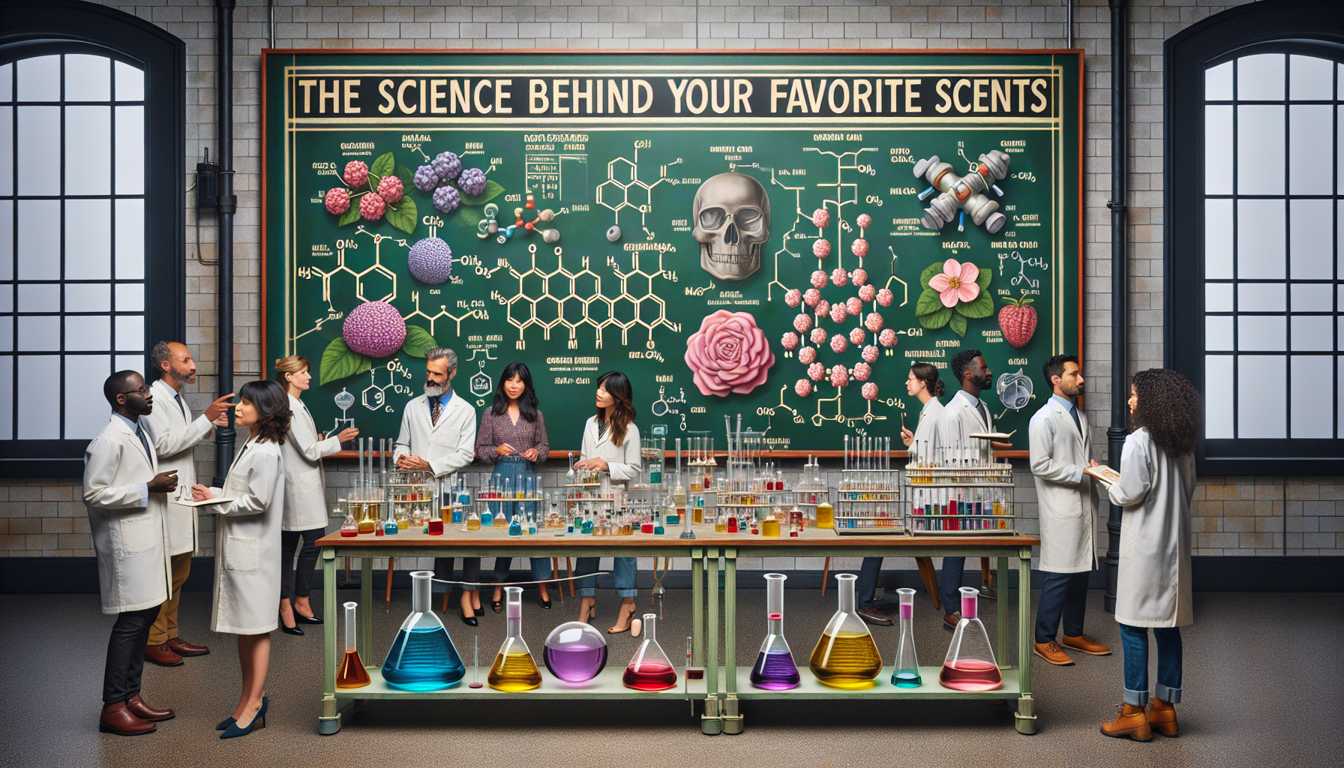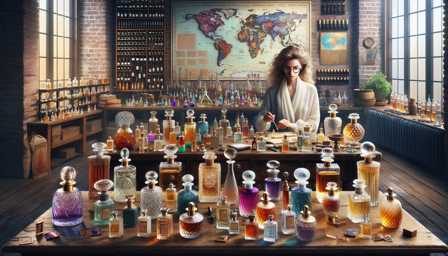
Fragrance Chemistry: The Science Behind Your Favorite Scents
The allure of fragrances, from the fresh scent of a spring morning to the enticing aroma of a gourmet meal, has captivated humans for centuries. But what exactly is behind these captivating scents? The answer lies in the intricate and fascinating world of fragrance chemistry. This article delves into the science behind fragrances, exploring how they are created, the role of different chemicals, and how they interact with our senses to evoke memories, emotions, and experiences.
The Basics of Fragrance Chemistry
Fragrance chemistry is a branch of organic chemistry that focuses on creating aromatic compounds. These compounds can be either natural, extracted from plants and animals, or synthetic, created in laboratories. The creation of a fragrance involves blending various aromatic compounds to achieve a desired scent profile.
Natural vs. Synthetic Fragrances
Natural fragrances are derived from botanical and animal sources. Essential oils, for instance, are extracted from plants through processes like steam distillation or cold pressing. Examples include lavender oil, extracted from the flowers of the Lavandula angustifolia plant, and sandalwood oil, derived from the wood of the Santalum tree.
Synthetic fragrances, on the other hand, are man-made and offer a wider range of scents not available in nature. They are often more stable and consistent than natural fragrances. A notable example is Calone, a synthetic compound that imparts a fresh, oceanic scent and is a key ingredient in Davidoff's Cool Water cologne.
The Chemistry Behind Fragrance Compounds
Fragrances are primarily made up of volatile organic compounds (VOCs) which easily evaporate at room temperature, releasing scent molecules into the air. These molecules are generally small, allowing them to vaporize quickly and interact with our olfactory receptors.
A classic example is vanillin, the primary component of the vanilla bean’s scent. It's a simple molecule but offers a rich, warm, and sweet aroma. Synthetic vanillin is widely used in perfumes and flavored products, such as in Chanel No. 5, where it adds a deep, sensual undertone.
How Fragrances Interact with Our Senses
The sense of smell plays a critical role in how we perceive fragrances. When scent molecules enter the nose, they bind to olfactory receptors, sending signals to the brain that are interpreted as specific smells.
The Role of Olfactory Receptors
Humans have about 400 types of olfactory receptors, each tuned to detect certain scent molecules. The combination of activated receptors creates a unique scent perception in the brain. For instance, the citrusy aroma of a lemon is not just a single molecule but a combination of several compounds like limonene, citral, and linalool.
Scent and Memory
There's a strong link between scent and memory due to the brain's anatomy. The olfactory bulb, which processes scent information, is part of the limbic system, the area of the brain associated with memory and emotion. This connection explains why a particular fragrance can evoke vivid memories or emotions.
The Art of Perfumery
Creating a perfume is both a science and an art. Perfumers, or 'noses', combine various fragrance notes to create a harmonious scent.
Top, Middle, and Base Notes
Perfumes are typically composed of top, middle, and base notes. The top notes are the initial, light scents that hit the nose first but evaporate quickly. Middle notes, or heart notes, form the core of the perfume, while base notes are the deeper, longer-lasting scents that linger.
For example, in Dior's J'adore, the top notes include mandarin and ivy, the middle notes consist of orchid and rose, and the base notes feature damask rose and amaranth wood, creating a complex and evolving scent experience.
The Role of Fixatives
Fixatives are used to stabilize the volatile fragrance compounds, prolonging the scent's longevity on the skin. Common fixatives include musk, ambergris, and synthetic alternatives like galaxolide, which add depth and richness to the fragrance.
The Future of Fragrance Chemistry
The field of fragrance chemistry is continually evolving, with new discoveries and innovations. Advances in biotechnology, for example, have led to the development of sustainable and ethical alternatives to traditional fragrance sources. Biotech firms like Ginkgo Bioworks are engineering microorganisms to produce rare or hard-to-extract natural scents.
Conclusion
In conclusion, the world of fragrance chemistry is a fascinating blend of science and art, combining the precision of chemical compounds with the creativity of perfumery. From the allure of natural extracts to the innovation of synthetic aromas, fragrance chemistry plays a pivotal role in the sensory experiences that enrich our daily lives.




